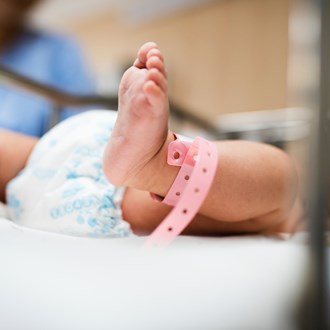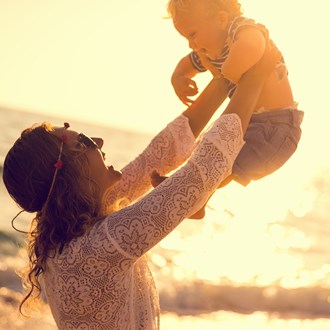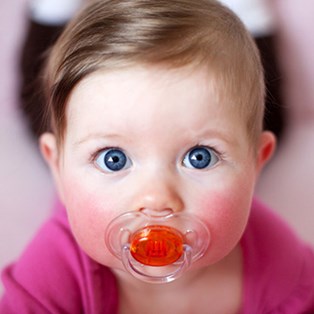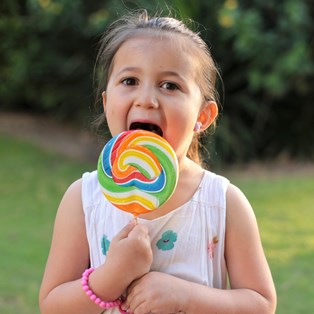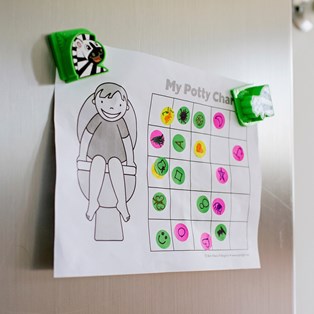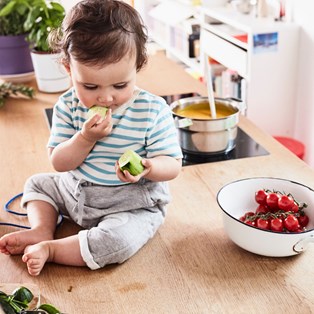What it means if your child has a 'blankie'

That blanket or teddy your child is obsessed with is actually a good thing.
By Livia Gamble
April 05 2023
They are commonly thought of as childish and immature, but that blanket or teddy your child is obsessed with is actually a good thing.
Also known as transitional objects, these items provide great comfort and support to children.
In 1951, child psychologist Dr. D.W. Winnicott first defined the transitional object as “any material to which an infant attributes a special value and by means of which the child is able to make the necessary shift from the earliest oral relationship with mother to genuine object-relationships.”
In his view, the objects help navigate separation for a child.
Additionally, Steve Tuber, a clinical psychologist and professor of psychology at City College told The New York Times: “The baby knows the teddy bear is not Mum, but the baby can get a certain satisfaction. It is neither Mum nor totally just a stuffed animal.”
Previous research shows children with comfort objects are less shy and more focused than children without them.
Transitional objects are also a good indicator for how children will go interacting and creating human friendships.
Colleen Goddard writes for Psychology Today: “Human development is not possible without self-referential contexts and meanings.
“Meanings are founded on the distinctions each person makes of the stimuli he or she engages with” — mainly the object(s) they receive, choose, or discover which have an internal life of their own.”
While it might be worrying for some parents and tempting to take the object away at some point, Goddard advises against this, saying “if the self-appointed object is refuted, critiqued or denied in any way, attachment difficulties may arise later in life.”
“The object allows for and invites emotional well-being, and without such an object, true feelings may be concealed, suppressed, or dismissed as the infant/child has no other means by which to cope with, comprehend, and contend with the world.”



